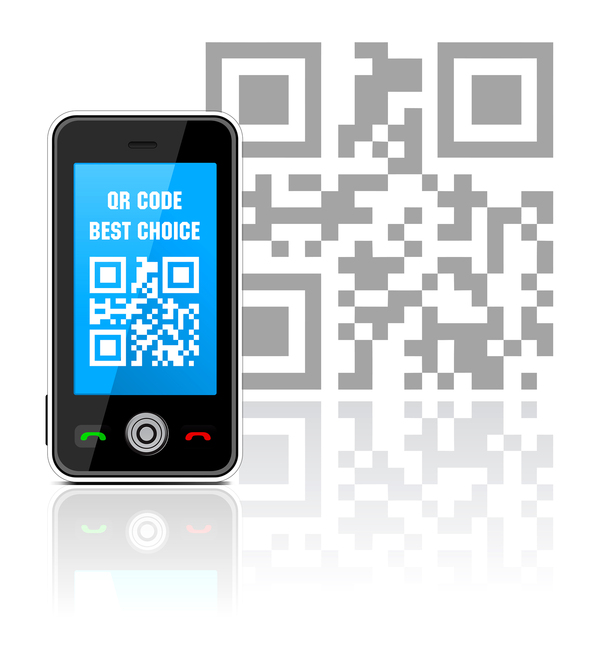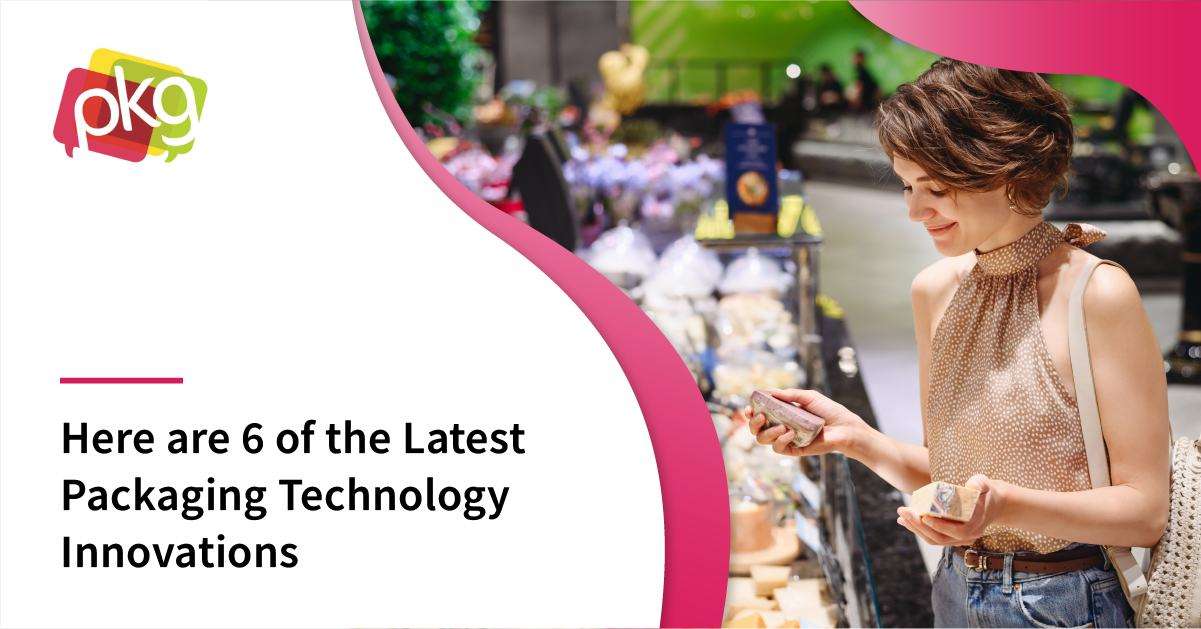
Electronic packaging is about to disrupt packaging design. The demand for smart labels, now called “e-packaging,” is growing. Allied Market Research says this sector will grow by more than 16% over the next three years.
While we’ve been using smart sensors on medical devices, cars, or other electronics, these devices are neither bendable nor suitable for packaging design. Electronic packaging allows companies to print tiny electronics onto each item, allowing for new ways to interact with consumers while keeping better control over products. Here’s what you need to know.
Understanding Electronic Packaging
Electronic packaging prints digital devices right into the packaging design. It’s as revolutionary for the supply chain as it is for packaging design; these tools provide unprecedented control over raw materials and packaged CPG products. Packaging-Labelling reports on what we’ve seen thus far:
- Talking pizza boxes
- Winking logos on rum bottles
- Testers on batteries
- Reprogrammable decorations on smartphones
While these all sound like cute and gimmicky product attractants, there is more serious work afoot in these new technologies. Anti-theft retail packaging can set off an in-store alarm if even one product tries to make its way out the door. This new type of packaging design can keep consumers interested in the product but protect retailers and manufacturers from theft.
Smart labels today can take the form of a flat identification label that adds more information than the traditional barcode. This could include QR codes or EAS (electronic article surveillance) tags, or even next-generation RFID tags. Packaging Strategies says these tools combine plain text, optical character recognition, and printable labels. But the data in these codes is transmitted through WiFi to an in-store computer and then, through the Internet, to relay important details about the product.

The key to the growth of this type of packaging design is the Internet. Today, small sensors are part of IoT applications in cars, airplanes, and medical devices—to name a few. But these sensors are not malleable, making them unsuitable for product packaging. Firms like ThinFilm created a line of low-cost printable electronics suitable for any packaging design. They can attach to any package and make it much easier to track them in real-time. Consider the implications in any industry:
- Electronic packaging can track the inventory and disposal of pharmaceuticals.
- These smart sensors can attach to clothing and monitor body temperature.
- RFID tags can go on the shipping crates of time-sensitive perishable CPG products such as yogurt, eggs, or meat.
- These tools can also track single products, allowing businesses to follow, not the crate of goods but the goods themselves.
Packaging Strategies predicts, “The applications of smart labels are limitless.” Today, consumers can interact with a product; tomorrow, consumers will be able to hold their smartphone up to their fridge to troubleshoot mechanical issues or even obtain information on the products inside.
What if you could point your phone and find out which products were expiring soon? Or, gather a grocery list simply from a smartphone scan of your cupboard matched against common buying patterns within your household? All of these innovations are coming, thanks to electronic packaging.
PKG Brand Design is always on the forefront of new CPG branding and packaging initiatives; please subscribe to our blog for the latest package design industry news!







